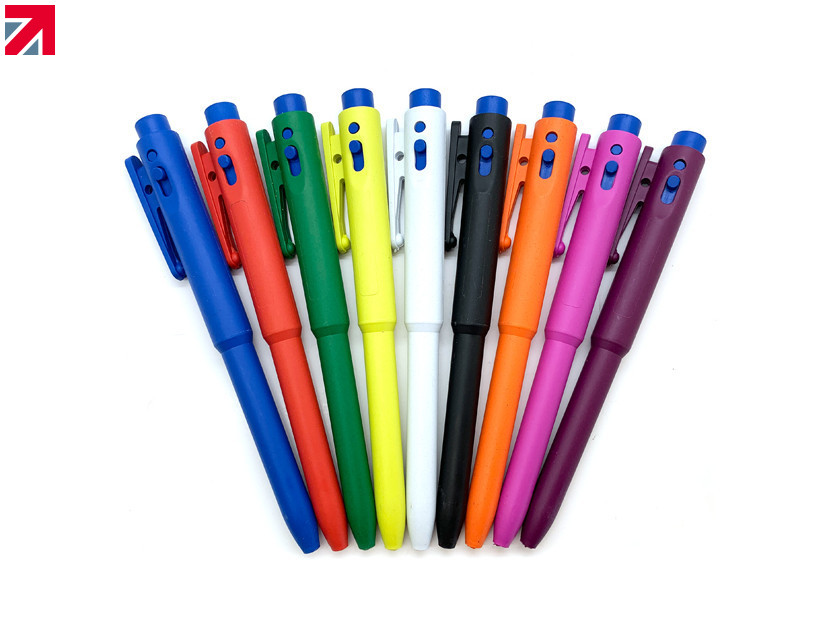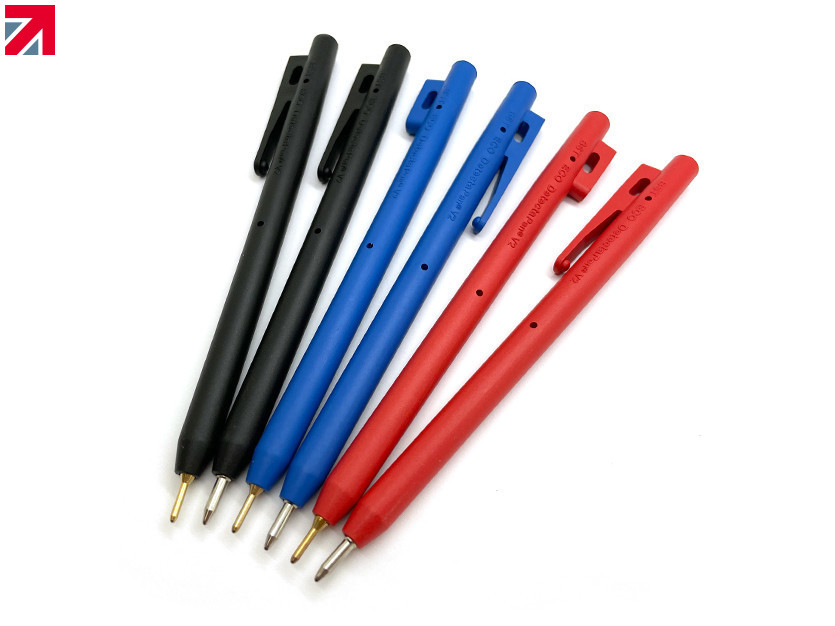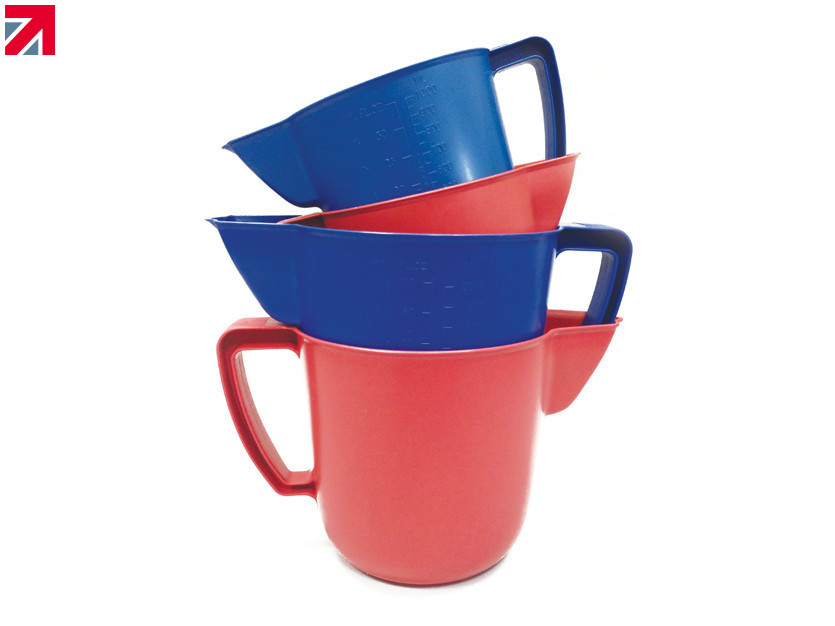Detectable products are an integral part of food safety and HACCP procedures worldwide. As new regulations and legislations have highlighted the necessity for detectable, food safe products in the food industry, it is becoming more important than ever before to show due diligence in the prevention of plastic and rubber contamination.
But how do you decide which detectable product is right for you? Something as simple as choosing a pen can suddenly seem very daunting when you consider all of the options available to you. Here are some factors to consider when selecting any detectable product.
How Detectable?
There are different types of detectability as well as different levels of detectability within those types. There are metal detectable products, made by incorporating metal additives into plastic and rubber compounds. Then there are x-ray visible products, made by incorporating high density additives. Finally there are visually detectable products, this can be achieved by using brightly coloured compounds (usually blue but also other colours for traceability and coordination, to prevent cross contamination of allergens as well as foreign bodies), this is so that the coloured plastic or rubber stands out against the product. A product which incorporates all three will have the highest chance of being detected.
Now, although higher detectability can have a negative effect on the structural integrity of the product, due to the additives being added, there are materials which have been formulated to combat this issue. It is possible and preferable to have a high functioning material with greater detectability. Another thing to consider is the worst case scenario of an item becoming a contaminant, a shatter resistant product with no small internal parts will be easier detected.
Researching into the products can be incredibly beneficial in this area, data sheets will provide you with evidence and results from product testing so that you know exactly what each product is capable of.
Food Safe?
When working with or around food products, it makes sense for your tools, which are intended to come into direct contact with the food products, to be food contact approved.
However, as legislation is changing to incorporate more and more aspects of the food production process, it would be wise to create an environment which houses solely food contact approved loose items.
When an item is food contact approved this means that it is suitable to come into direct contact with food, is suitable for its intended use, and will not create a food safety hazard. There are a number of accreditations which can be attributed to a product through testing such as FDA and EU approvals.
Although it is not the intended purpose of an item of stationery such as a pen or clipboard to come into contact with the food product, its shows due diligence in the prevention of food safety hazards to ensure that these, and other loose items are also food contact approved.
Application to Environment
A fabulous, detectable, food contact approved item is one thing, but it also has to work as intended! Functionality, really, is the most important aspect of any given product, it needs to work within its specific environment. What would be the point of an all singing, all dancing detectable product, if it immediately stops working or becomes fragile and brittle in more extreme work environments?
Pens, for example, are known to be less reliable in cold, damp, or greasy conditions. If these environmental conditions apply to you and your workplace, make sure to look for pens with pressurised refills, these will continue to work in all conditions and also allow you to write on vertical surfaces or even upside down if needs be.
There is a detectable product out there specifically designed for every environment, from markers and fine liners to gel or pressurised refills, and if you can’t find exactly what you’re looking for, don’t be afraid to enquire. Suppliers will be grateful for your input and some will be able to provide bespoke options made from materials better suited to your environment, so you don’t have to settle for ‘good enough’.
Convenience of Use
Finally, there is the personal design of a product. The convenience of a product can sometimes make all the difference in day-to-day working life. If an item of stationery can be attached to a lanyard, if a tool can be hung or displayed on a shadow board, if an item has an anti-slip or anti-roll design, these things have the potential to have a huge impact on your organisation and carrying out of general procedures.
And the big question: is the item comfortable to hold and use? Using the same items day after day can have a toll on your body and general comfort if they are not ergonomically designed. Choosing an item which feels nicer, which requires less strain or grip, will reduce fatigue as well as reducing wear on the item.
With BST you don’t need to worry about the basics, we have that covered. A wide range of our products are metal detectable, x-ray visible, anti-microbial, food contact approved, and feature no small internal or external parts. Our pens offer impressive write-out lengths which means your pen will work well and keep working, and all products have an ergonomic design to ensure maximum ease and comfort during use. With a product for every environment and condition, why go anywhere else?
Find out more about BST Detectable Products on their member profile page here
Member-created content 2 years ago | From members




